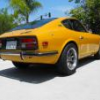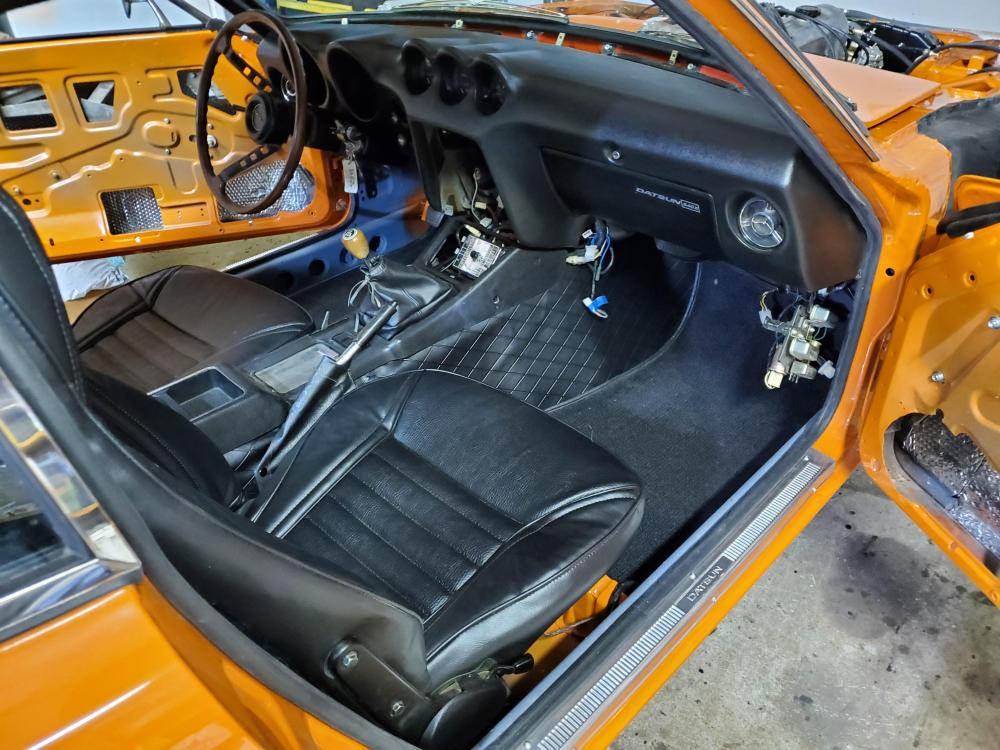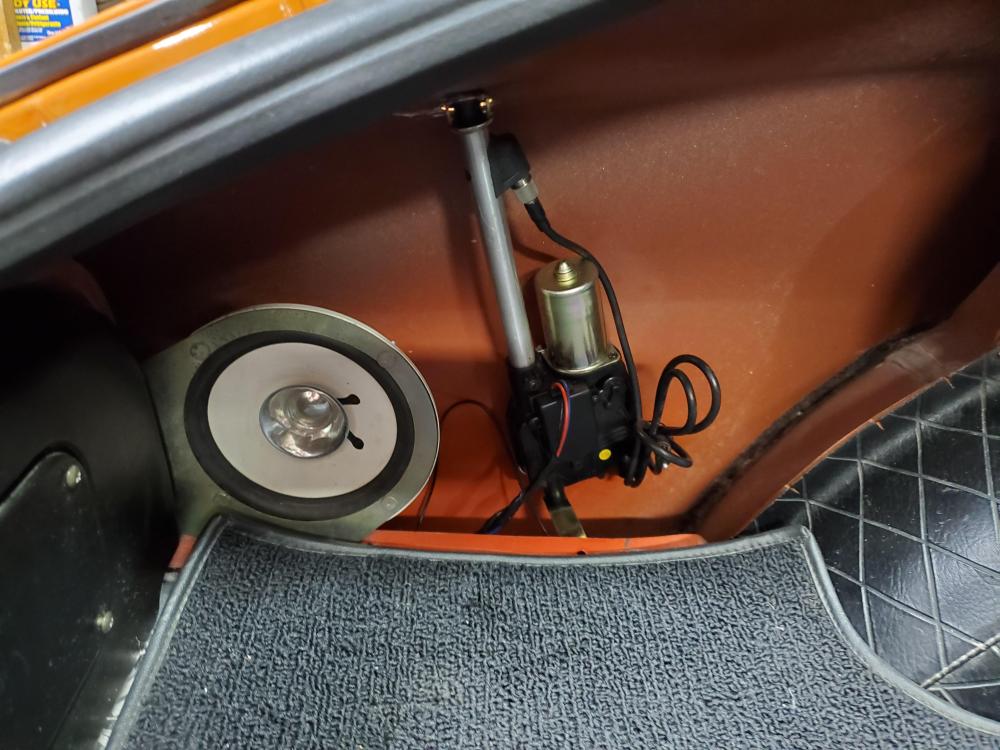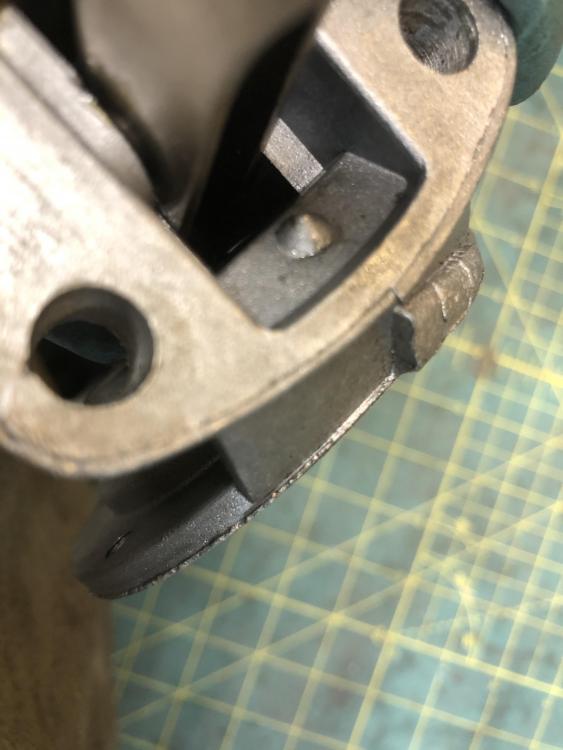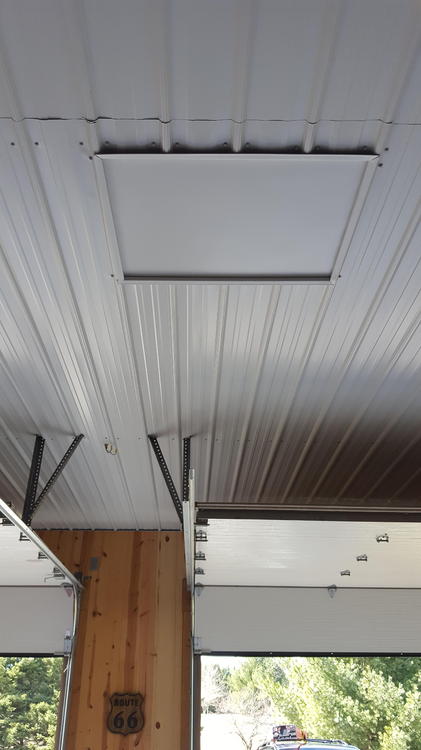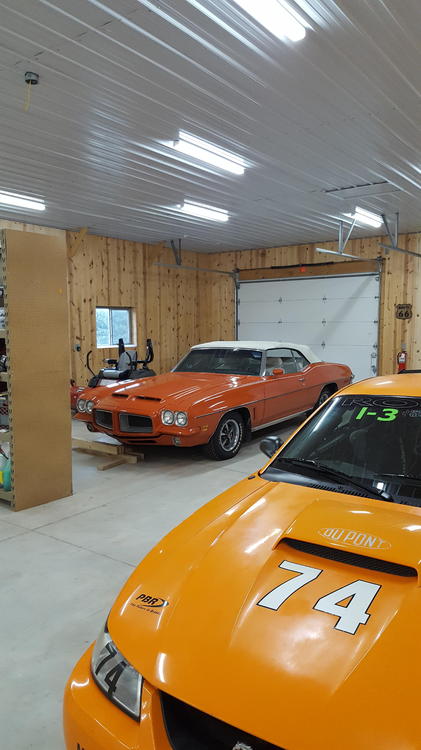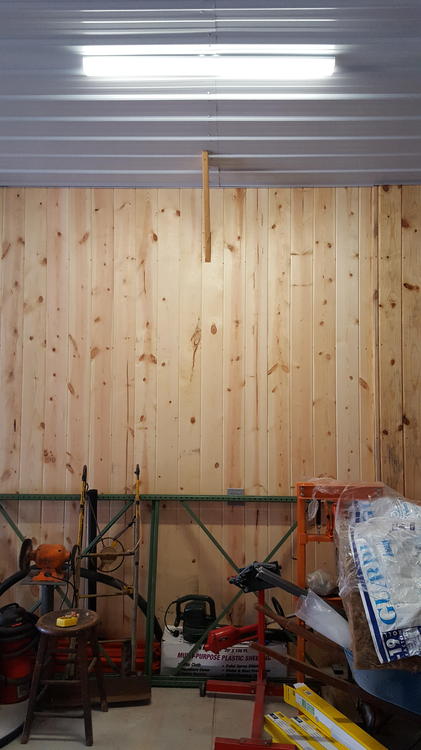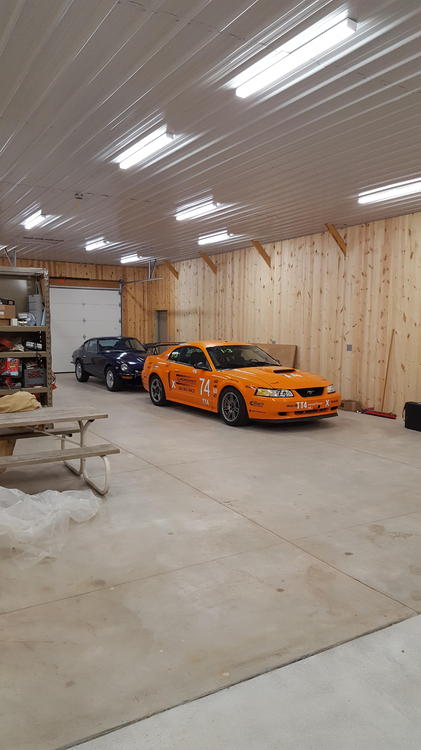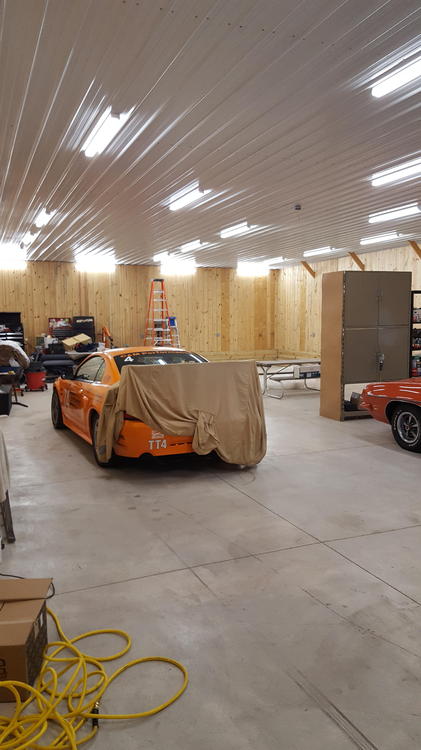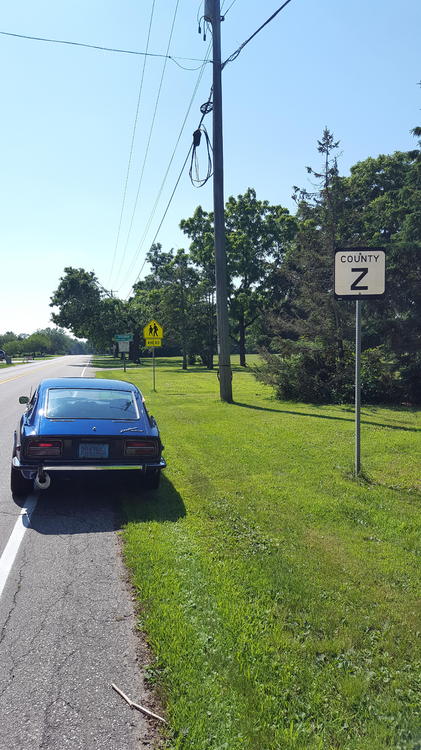I have addition news on the topic.
This week I had reason to replace a stock pump on a very old and neglected 71 that i was trying to resurrect. I was just doing a quick job to try to get it running, so I grabbed one the new GMB’s I had laying around that i was previously investigating,
Anyway, took them both apart, and slapped the top of the old Nikki (look fine) on the bottom of the new GMB and stuck it on the car. My prior guess about the GMB check valves being bad made me do that. It sucked fuel and I got the car started (another thread about Doing it for the first time in 40 years)....
That was Tuesday afternoon/evening. Maybe ran the car for 30 minutes on and off. This morning I cleaned the carbs more and tried to start the car again. Guess what. No sucky, no pumpy. You have GOT to be kidding me.
So long story short. The failure mode on this pump is no mystery. The pivot point on the mechanical arm seized up preventing the arm from being able to oscillate. It didn’t seize up solid, you can move it easily, but it was stiff for lack of a better term. The spring is not strong enough to push it back when it is in the up position.
I have video of me moving the arm and having it stick/stay in the min and max position.
The spring, when compared to an OEM spring is about 1/3 the compressive strength. This is a rough feel test, but it is MUCH weaker. I also found the spring laying loose in the arm, dislodged from its end points. It might be weak enough that it falls out after a bit of use, and the pump stops working as the arm has no ability to return to the “out” position.
No amount of lube sprayed at the pivot point changed the friction one iota. The friction is smooth, is just much too high to allow the pump to operate what that wimp of a spring. I did put the stronger OEM spring in for a test, it was not strong enough to return it. An OEM pump arm is totally loose, nearly floppy on the pivot point.
I have yet to check two other new GMB pumps I have to check if the rotation friction at the pivot is less or the same. I did initially put the pump in the vise and manually actuate it when I swamped the tops, and it felt normal and returned itself with the spring pressure.
I’m also thinking that you are also actuating the diaphragm, stretching it up and down, as the arm moves which provides some additional spring pressure to the system. Is this enough to overcome the friction I have in this pump? No.
Clearly without the spring in place, in this pump, it cannot and does not operate with the diaphragm spring effect alone. It worked initially, then quickly failed.
59DCDAF7-8D95-4CBB-BB6F-CDF83CDCDBBA.MOV
OEM top, GMB bottom
Little tab at the end holding spring
The other spring perch is just a little bump. In its defense, the OEM pump uses more or less the same way to capture the spring.
There is a geometric difference, as with the GMB spring, when you actuate the arm, the spring just BENDS as much as compresses. The OEM pump does more or less the same thing, just less bend, more compression. This contributes to the willingness to dislodge I believe.
 Subscriber
Subscriber 4Points3,770Posts
4Points3,770Posts




